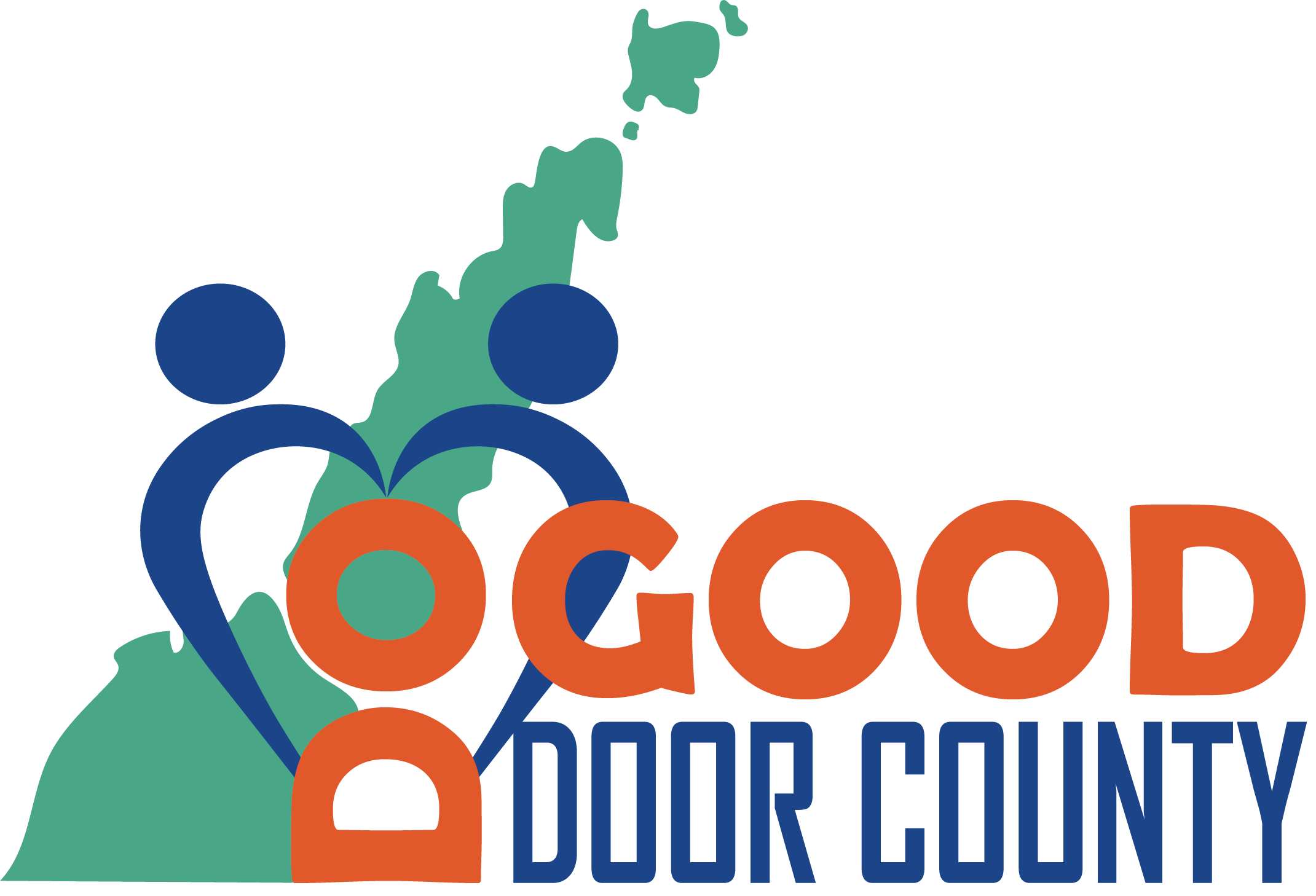by Cynthia Germain
There is no question that as we age, we wish to do so gracefully, maintaining our independence, well-being, and connections within our communities. Yet, for many of us, the path to healthy aging can seem fraught with challenges, from physical limitations to social isolation.
Enter the Village model—a beacon of hope and a testament to the power of community-driven initiatives, happening now in Door County. Recently, a study titled “Developing Research Capacity for Healthy Aging with Villages” shed light on the profound impact these grassroots organizations have on promoting healthy aging in our communities. You can see a visual report here.
At the heart of the Village movement is an understanding of what healthy aging truly is. It’s not just about physical well-being; it’s about nurturing mental health, fostering a sense of purpose, and cultivating social connections that make a difference in our lives. The participants in the study emphasized the need to reframe aging in a positive light, empowering individuals to embrace this stage of life with dignity and vitality.

So, how do Villages support healthy aging? The answers are as diverse as the communities they serve. From social activities combating loneliness to practical assistance with household tasks, Villages are genuine hubs of support and camaraderie. Some villages offer exercise classes, others provide health education, while others offer advocates that help navigating our complex healthcare systems. All this is aimed at enabling older adults to age in place comfortably and confidently.
While this study is considered anecdotal evidence of Villages’ impact, it is compelling. The study also stresses the need for rigorous research to provide hard data, not just for funding but to build partnerships with healthcare providers and ensure the long-term sustainability of the Village movement.
This study goes on to review the challenges within the Village framework. Villages vary widely in size, resources, and operational models, making standardization more difficult. Then you add in the individual human element of Village members having negative experiences with past research.
All this leads to the importance of researchers to adopt a person-centered approach, prioritizing the voices and needs of Village members themselves. Ultimately, the goal of research within the Village model is twofold: to clarify the factors that truly matter for healthy aging and to generate evidence that strengthens the Village’s role within its community.
It is exciting that the Village model is currently coming to fruition in Door County and that organizations and institutions are supporting efforts to bring evidence behind its value. If you are interested in learning more what’s happening here, contact us. Together, we can create a community where everyone has the opportunity to age with grace, purpose, and dignity.


What facility/facilities are considering this model or will this be new here? We’re going to the Madison area to visit/explore a successful community there based on the Village model.
The village is not a place but a way! SAIL in Madison is a great example of a long-standing “village”, serving a senior apartment building and surrounding neighborhoods. Let’s come together after your visit. We would love to hear your impressions and thoughts for Door County.